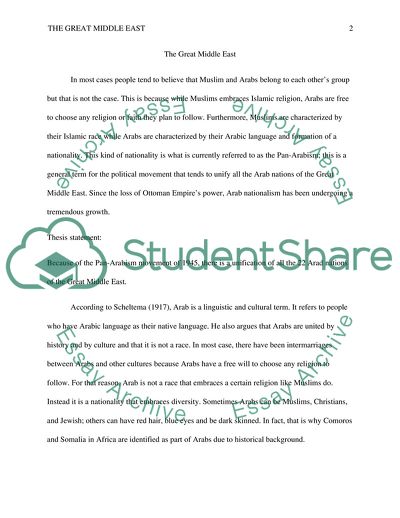Cite this document
(The Great Middle East Essay Example | Topics and Well Written Essays - 1500 words - 1, n.d.)
The Great Middle East Essay Example | Topics and Well Written Essays - 1500 words - 1. https://studentshare.org/history/1832335-the-greater-middle-east
The Great Middle East Essay Example | Topics and Well Written Essays - 1500 words - 1. https://studentshare.org/history/1832335-the-greater-middle-east
(The Great Middle East Essay Example | Topics and Well Written Essays - 1500 Words - 1)
The Great Middle East Essay Example | Topics and Well Written Essays - 1500 Words - 1. https://studentshare.org/history/1832335-the-greater-middle-east.
The Great Middle East Essay Example | Topics and Well Written Essays - 1500 Words - 1. https://studentshare.org/history/1832335-the-greater-middle-east.
“The Great Middle East Essay Example | Topics and Well Written Essays - 1500 Words - 1”. https://studentshare.org/history/1832335-the-greater-middle-east.


